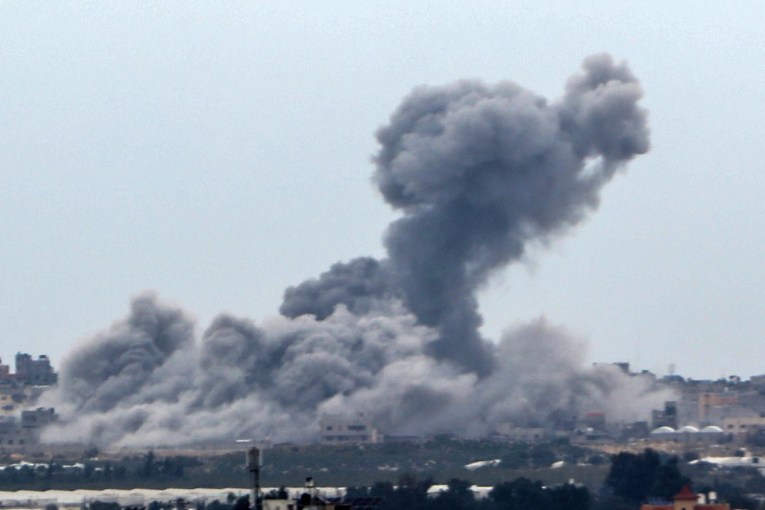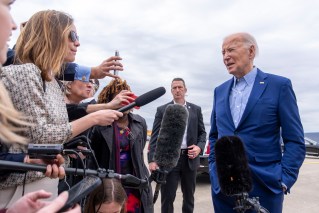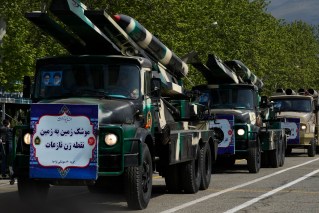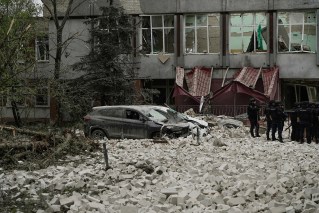The risky cargo that could be on your next flight

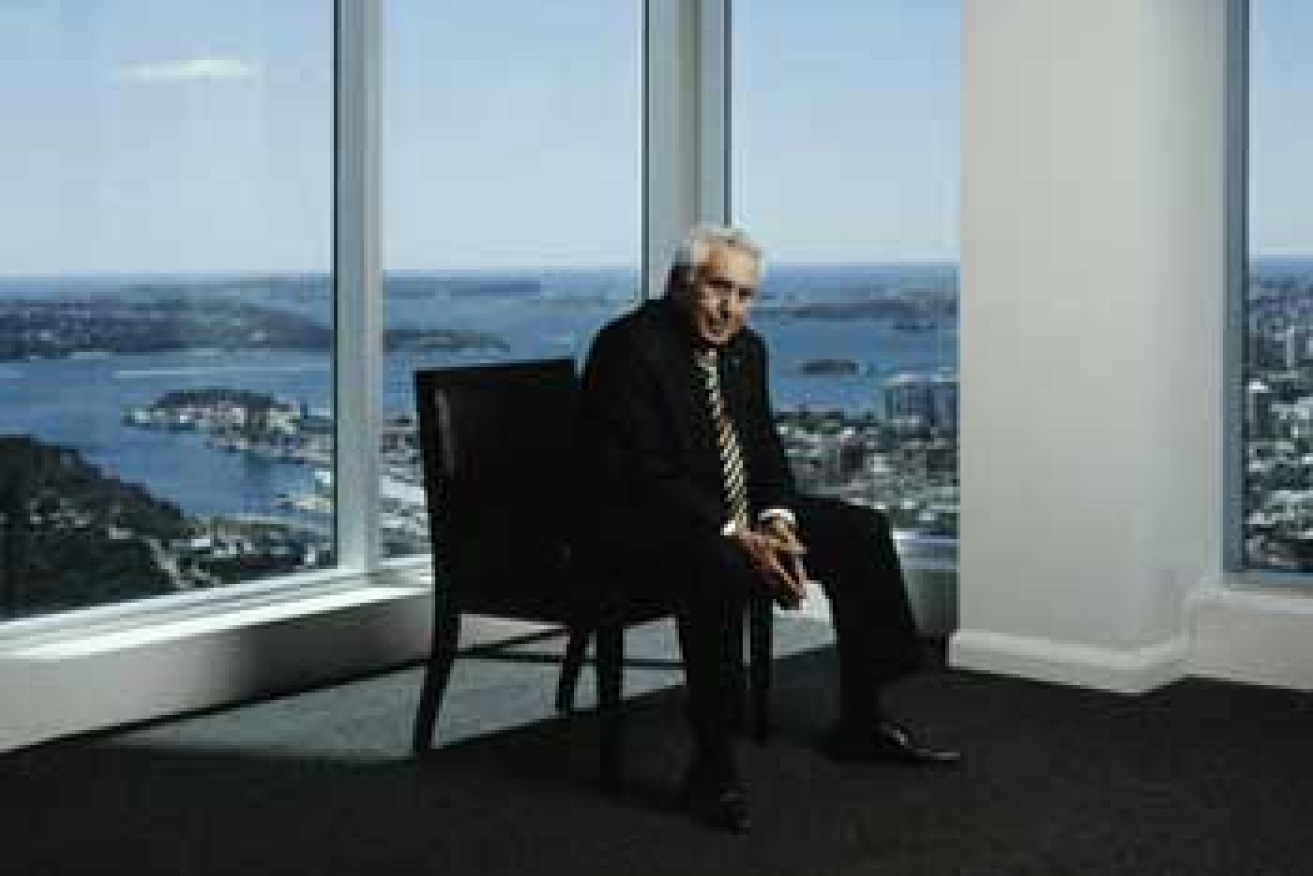
AAP
Volatile rechargeable lithium batteries could be banned from passenger flights due to their potential to ignite and bring down a plane.
A United Nations air navigation committee supported a recommendation to ban transport of the batteries on passenger flights this week, The Guardian reported on Thursday.
But there was still another level of the International Civil Aviation Organisation (ICAO) to get past before it was officially approved.
• ‘All hoverboards must be banned’ after fire
• Why we should terror-proof our energy grids
• This could be the most plausible MH370 theory yet
The safety of the batteries, classed as dangerous goods by the International Air Transport Association (IATA), has been fiercely debated since they were deemed responsible for a fire in a UPS cargo plane in 2006.

Hoverboards have caught fire in England, Hong Kong, the US – and now Melbourne. Photo: Getty
“There have been a number of cases where it is suspected lithium ion battery fire have created airplane accidents,” University of New South Wales head of the school of aviation Jason Middleton told The New Daily.
“With a large shipment of lithium ion batteries, if one goes off, then they all go off and then the aeroplane is doomed.”
In Australia, there are tight restrictions around the shipment of the batteries as cargo. Passengers can take batteries of under 160 watt hours in carry-on luggage only, so in the case of something going wrong it could be dealt with quickly.
Meanwhile, non-rechargeable lithium metal batteries have been forbidden as cargo on passenger flights since January, 2015.
In December, a flight attendant blasted actor Russell Crowe for taking to social media to complain that his children were not allowed to take their hoverboards, which contain the batteries, on a passenger flight.
Some experts have also raised the possibility that missing flight MH370 may have been brought down by exploding batteries, after revelations it was carrying a large cargo of lithium-ion batteries.
Where Australian authorities stand
It was the carrying of the batteries in check-in baggage that pilots were particularly concerned about, according to Australian and International Pilots Association president Nathan Safe.
“They are difficult to detect in baggage, in both check-in and carry-on … [passengers] are really just asked to declare it,” he told The New Daily.

Australian authorities say they will follow the UN panel’s recommendations. Photo: AAP
“We are wary of [the batteries] because our training shows us how potentially destructive they can be.”
The Federal Aviation Administration (FAA) backed a ban of the batteries late last year, with the FAA’s Angela Stubblefield describing their risk as “immediate and urgent”.
The combination of chemicals within the batteries could be volatile, and once ignited would rapidly heat up and combust. Once one was alight, it quickly spread to others nearby, a process described as “thermal runaway”.
Australia was recently part of a ICAO panel on the transport of dangerous goods which, in October, voted against a ban of the products.
But, in a statement to The New Daily, the Civil Aviation Safety Authority (CASA) indicated it would support a ban, if ICAO recommended it.
“It will come into effect in Australia at the same time as it does for almost all other countries,” a CASA spokesperson said.
CASA said incidents involving lithium batteries had declined since 2004, and now mainly occurred when they were not declared by passengers.
MH370’s questionable cargo

A flaperon from MH370 was discovered in July on Reunion Island. Photo: EPA
In one of the more plausible MH370 disappearance theories, a 221kg shipment of lithium-ion batteries was blamed for its loss.
According to the explanation, the batteries ignited and, depending on their location, may have suppressed the plane’s ability to fight fire by changing the flow of oxygen.
In October, CQ University senior lecturer Ron Bishop told The New Daily it was a credible theory.
“If you look at their flight path they did almost a complete 180 [degree turn] back towards Malaysia, and if you have a problem in-flight that is essentially what you would do,” he said.
“I’m not sure what happened with the last turn towards the right, that could have been because of a lack of oxygen.
“You just don’t know – that is the most frustrating thing, we just don’t know.”

